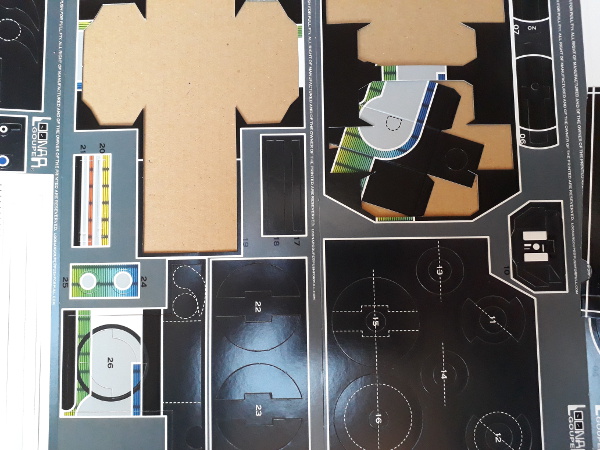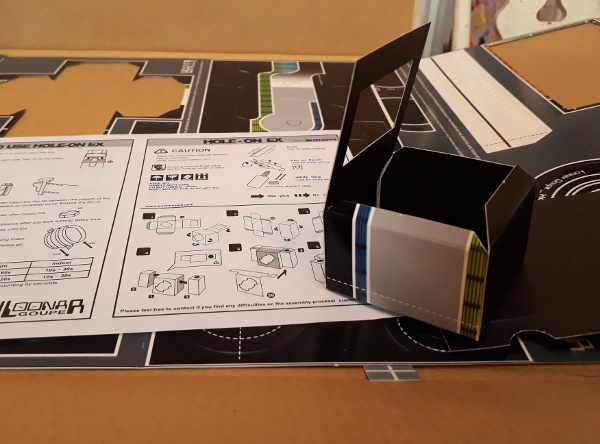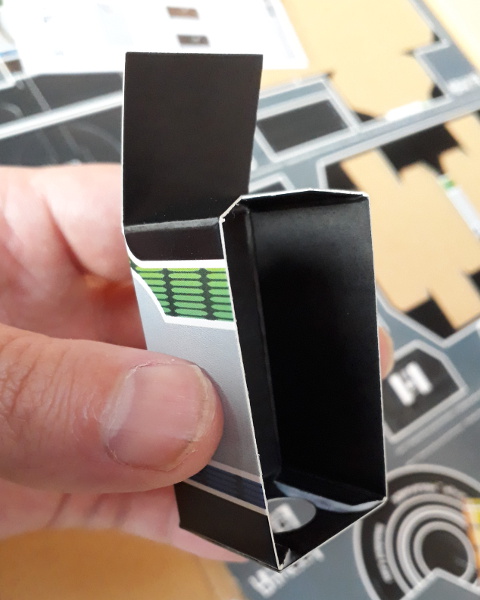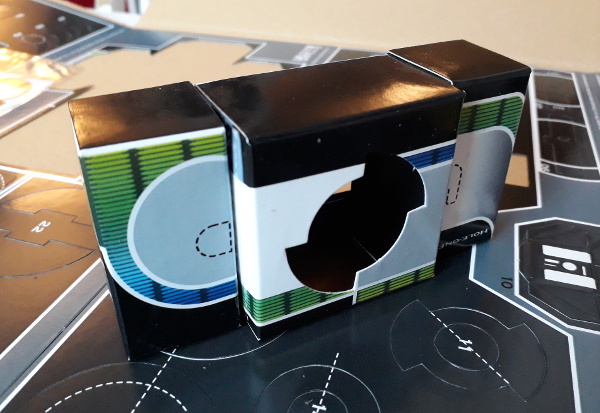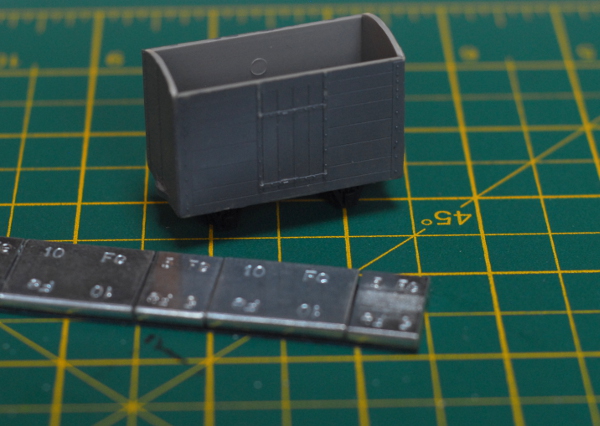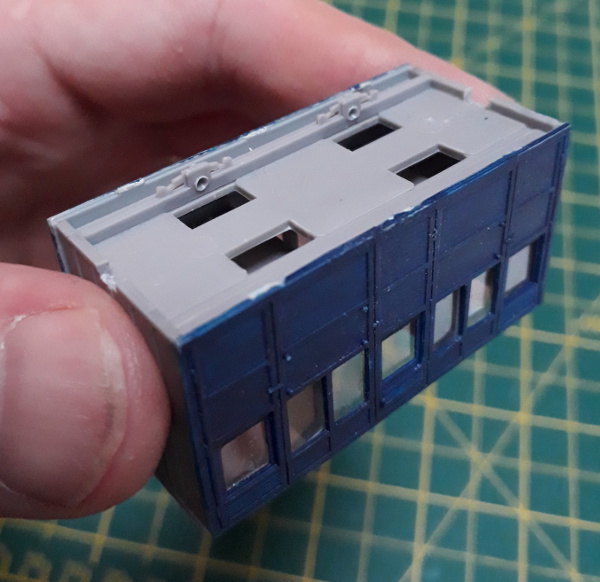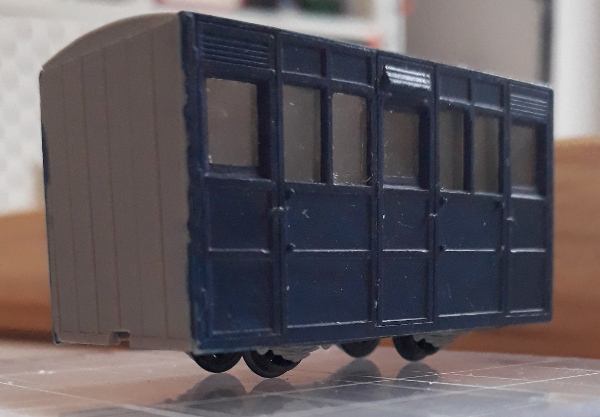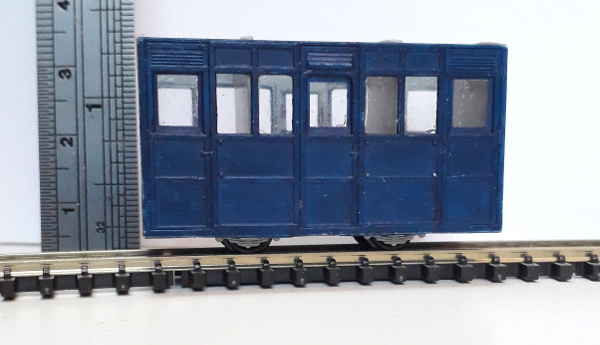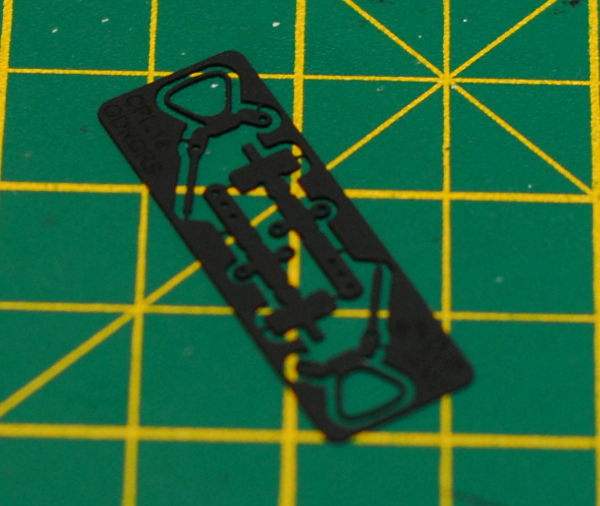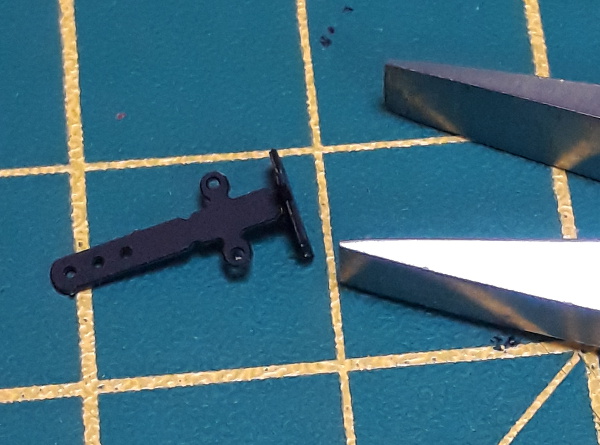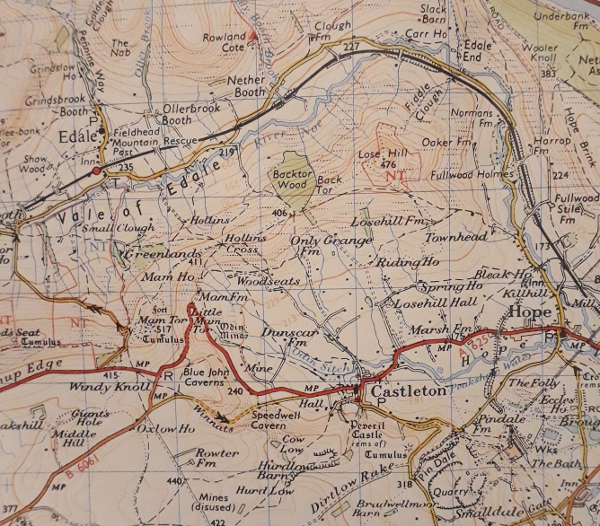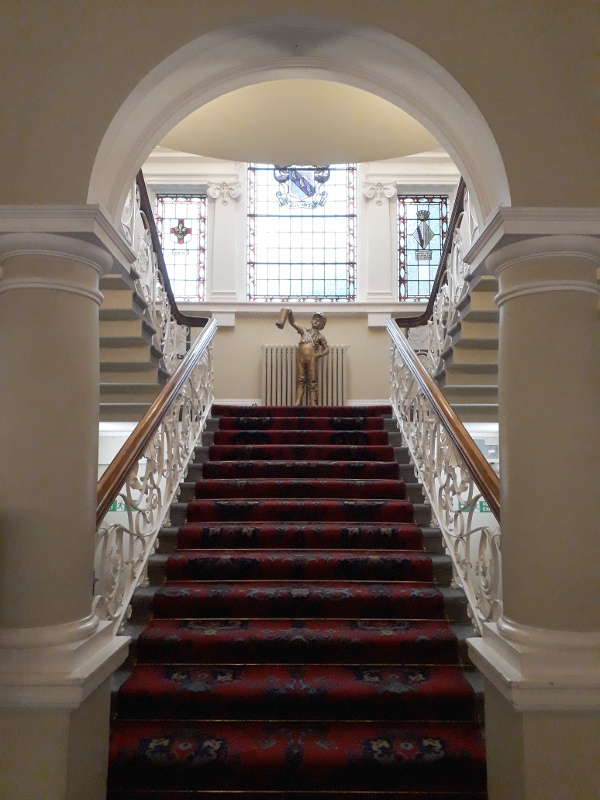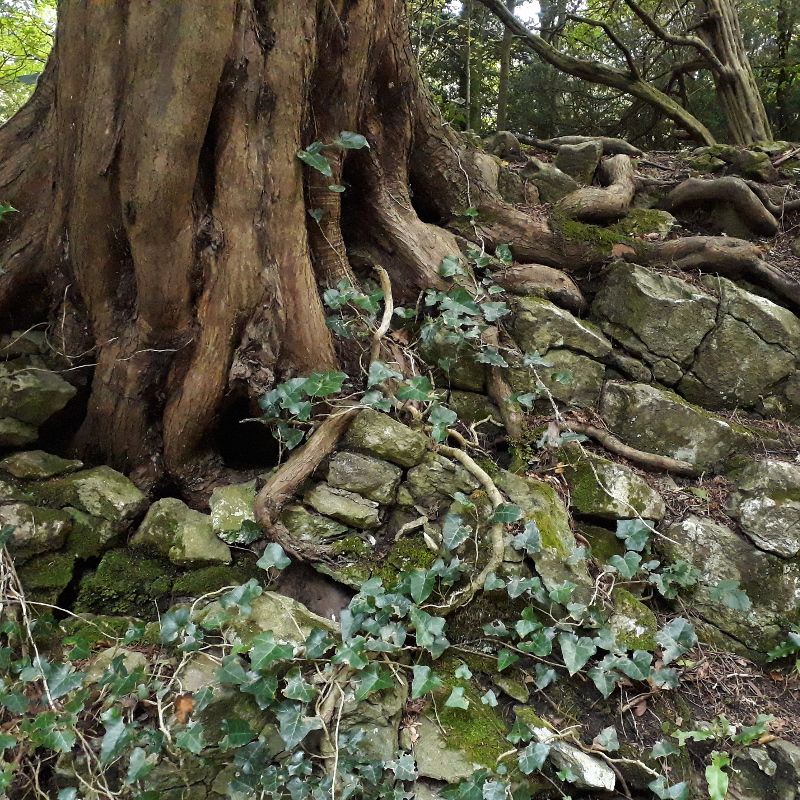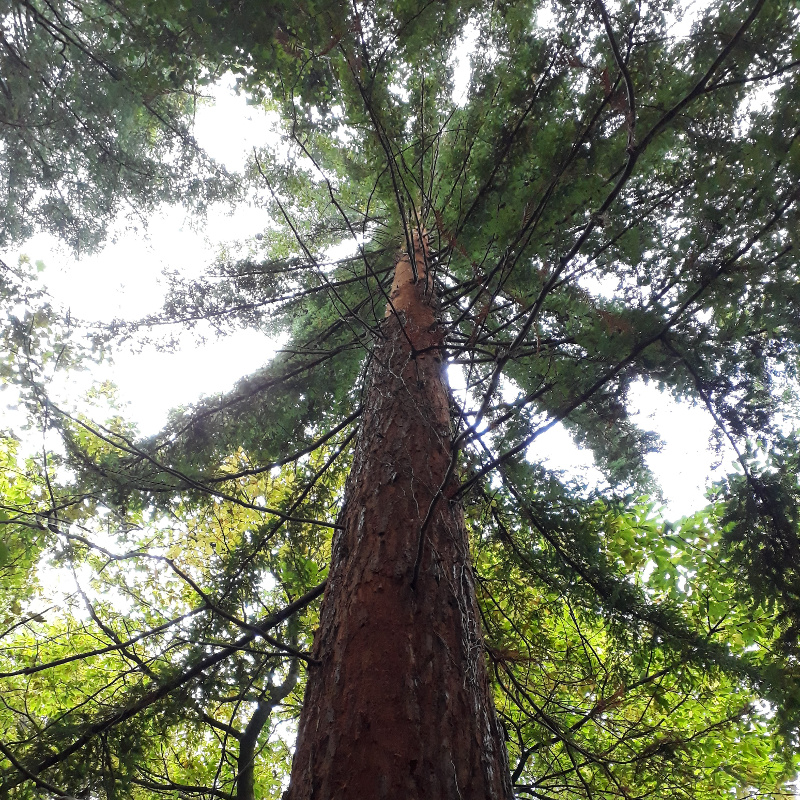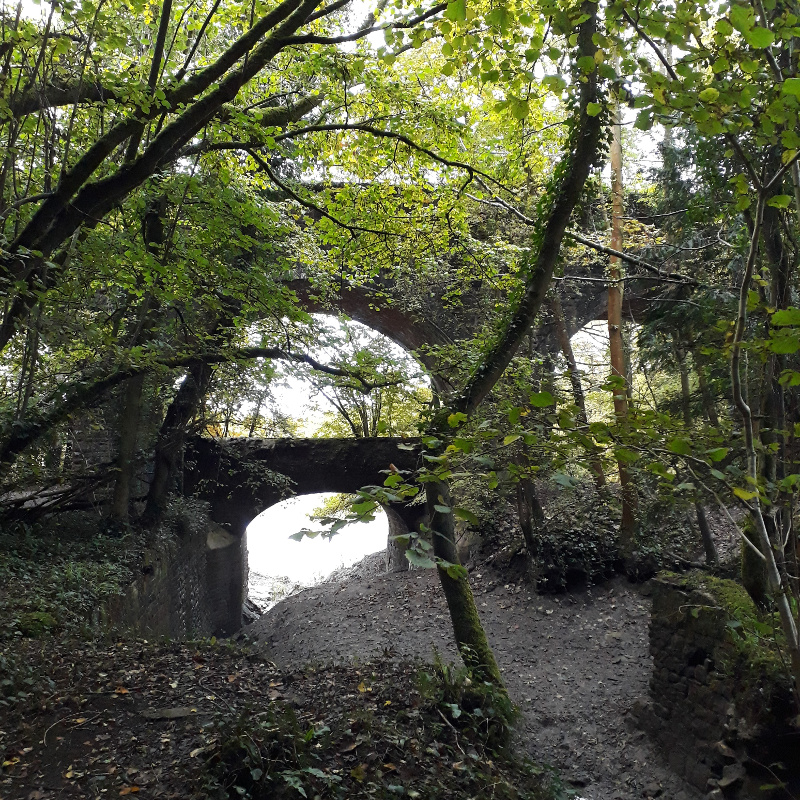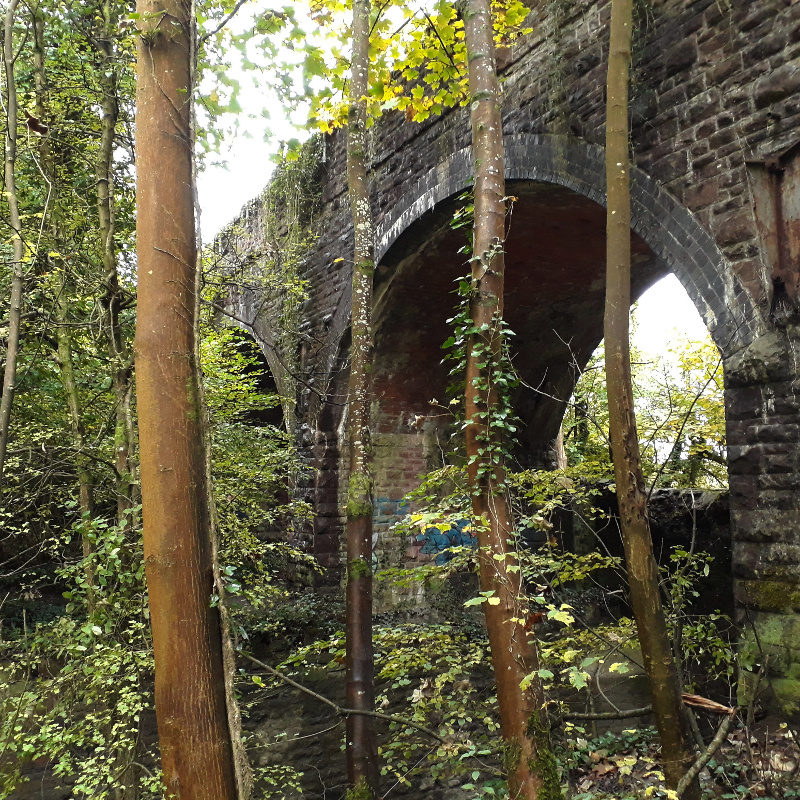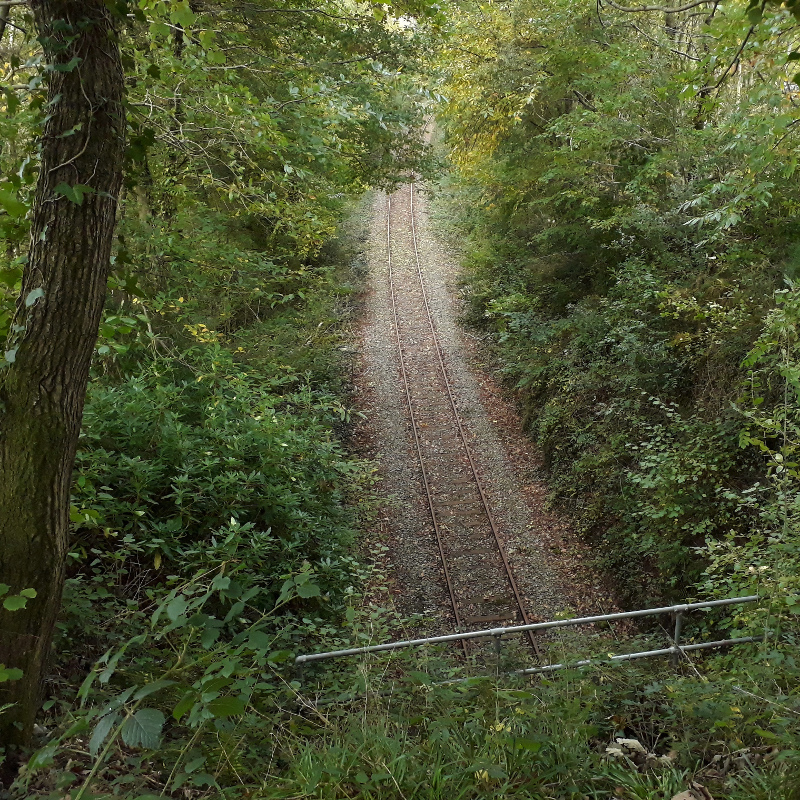We can rebuild it! We have the technology! (part four)
Or, finishing off the odds and ends
Settling down to see what else I should write in the series of posts about how I rebuilt this website, I realised that the main issues now have already been covered. The previous posts in this series have discussed the following:
And throughout the last two, we touched on some other important software engineering topics, such as refactoring your code so that you Don’t Repeat Yourself, and optimising your code when it’s clear that (and where) it is needed.
There are a few other topics to touch on, but I wasn’t sure they warranted a full post each, so this post is on a couple of those issues, and any other odds and ends that spring to mind whilst I am writing it.
Firstly, the old blog was not at all responsive: in web front-end terms, that means it didn’t mould itself to fit the needs of the users and their devices. Rather, it expected the world to all use a monitor the same size as mine, and if they didn’t, then tough. When I wrote the last designs the majority of the traffic the site was receiving was from people on regular computers; nowadays, that has changed completely.
However, the reason that this isn’t a particularly exciting topic to write about is that I didn’t learn any new skills or dive into interesting new programming techniques. I went the straightforward route, installed Bootstrap 4.5, and went from there. Now, I should say, using Bootstrap doesn’t magically mean your site will become responsive overnight; in fact, it’s very straightforward to accidentally write an entirely non-responsive website. Responsiveness needs carefully planning. However, with that careful planning, and some careful use of the Bootstrap CSS layout classes, I achieved the following aims:
- The source code is laid out so that the main content of the page always comes before the sidebars in the code, wherever the sidebars are actually displayed. This didn’t matter so much on this blog, but on the Garden Blog, which on desktop screens has sidebars on both sides of the page, it does need to be specifically coded. Bootstrap’s layout classes, though, allow you to separate the order in which columns appear on a page from the order in which they appear in the code.
- More importantly, the sidebars move about depending on page width. If you view this site on a desktop screen it has a menu sidebar over on the right. On a narrow mobile screen, the sidebar content is down below at the bottom of the page.
- The font resizes based on screen size for easier reading on small screens. You can’t do this with Bootstrap itself; this required
@mediaselectors in the CSS code with breakpoints chosen to match the Bootstrap ones (which, fortunately, are clearly documented). - Content images (as opposed to what you could call “structural images”) have
max-width: 100%;set. Without this, if the image is bigger than the computed pixel size of the content column, your mobile browser will likely rescale things to get the whole image on screen, so the content column (and the text in it) will become too narrow to read.
On the last point, manual intervention is still required on a couple of types of content. Embedded YouTube videos like in this post need to have the embed code manually edited, and very long lines of text without spaces need to have soft hyphens or zero-width spaces inserted, in order to stop the same thing happening. The latter usually occurs in example code, where zero-width spaces are more appropriate than soft hyphens. All in all though, I’ve managed to produce something that is suitably responsive 95% of the time.
The other point that is worth writing about is the build process of the site. As Wintersmith is a static site generator, every change to the site needs the static files to be built and deployed. The files from the previous version need to be deleted (in case any stale ones, that have disappeared completely from the latest iteration of the output, are still lying about) and then Wintersmith is run to generate the new version. You could do this very simply with a one-liner: rm -rf ../../build/* && wintersmith build if you’re using Bash, for example. However, this site actually consists of three separate Wintersmith sites in parallel. The delete step might only have to be done once, but doing the build step three separate times is a pain. Moreover, what if you only want to delete and rebuild one of the three?
As Wintersmith is a JavaScript program, and uses npm (the Node Package Manager) for managing its dependencies, it turns out that there’s an easy solution to this. Every npm package or package-consumer uses a package.json file to control how npm works; and each package.json file can include a scripts section containing arbitrary commands to run. So, in the package.json file for this blog, I inserted the following:
"scripts": {
"clean": "node ../shared/js/unlink.js ../../build/blog",
"build": "wintersmith build"
}
You might be wondering what unlink.js is. I said before that “if you’re using Bash” you could use rm -rf ../../build. However, I develop on a Windows machine, and for this site I use VS Code to do most of the writing. Sometimes therefore I want to build the site using PowerShell, because that’s the default VS Code terminal. Sometimes, though, I’ll be using GitBash, because that’s convenient for my source control commands. One day I might want to develop on a Linux machine. One of the big changes between these different environments is how you delete things: del or Remove-Item in PowerShell; rm in Bash and friends. unlink.js is a small script that reproduces some of the functionality of rm using the JavaScript del package, so that I have a command that will work in the same way across any environment.
So, this means that in the main blog’s folder I can type npm run clean && npm run build and it will do just the same thing as the one-liner command above (although note that the clean step only deletes the main blog’s files). In the other Wintersmith site folders, we have a very similar thing. Then, in the folder above, we have a package.json file which contains clean and build commands for each subsite, and a top-level command that runs each of the others in succession.
"scripts": {
"clean:main": "cd main && npm run clean",
"clean:misc": "cd misc && npm run clean",
"clean:garden": "cd garden && npm run clean",
"clean": "npm run clean:misc && npm run clean:main && npm run clean:garden",
"build:main": "cd main && npm run build",
"build:misc": "cd misc && npm run build",
"build:garden": "cd garden && npm run build",
"build": "npm run build:misc && npm run build:main && npm run build:garden"
}
And there you have it. By typing npm run clean && npm run build at the top level, it will recurse into each subsite and clean and build all of them. By typing the same command one folder down, it will clean and build that site alone, leaving the others untouched.
When that’s done, all I have to do is upload the changed files; and I have a tool to do that efficiently. Maybe I’ll go through that another day. I also haven’t really touched on my source-control and change management process; and all I have to say there is, it doesn’t matter what process you use, but you will find things a lot more straightforward if you find a process you like and stick to it. Even if you’re just a lone developer, using a sensible source control workflow and release process makes life much easier and makes you less likely to make mistakes; you don’t need anything as rigid as a big commercial organisation, but just having a set process for storing your changes and releasing them to the public means that you are less likely to slip up and make mistakes. This is probably something else I’ll expand into an essay at some point.
Is the site perfect now? No, of course not. There are always more changes to be made, and more features to add; I haven’t even touched on the things I decided not to do right now but might bring in one day. Thoe changes are for the future, though. Right now, for a small spare-time project, I’m quite pleased with what we have.

 Home
Home